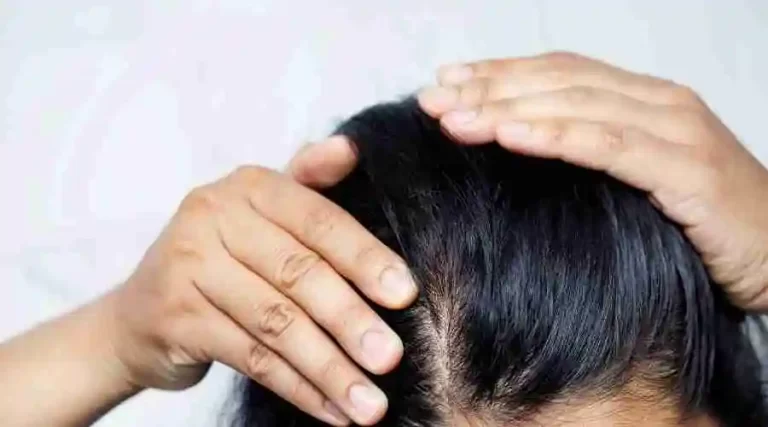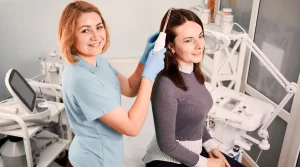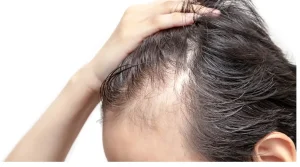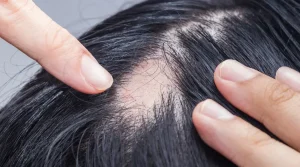What is Alopecia?
Alopecia is a general term for hair loss. It can affect people of all ages and genders. While hair loss is a natural part of aging, excessive or patchy hair loss can be a sign of an underlying health condition.
Types of Alopecia
Androgenic Alopecia:
- Most common type of hair loss
- Often referred to as “male pattern baldness” or “female pattern baldness”
- Caused by a combination of genetic and hormonal factors
Alopecia Areata:
- Autoimmune disorder that attacks hair follicles
- Can cause patchy hair loss, total hair loss (alopecia totalis), or complete body hair loss (alopecia universalis)
Cicatricial Alopecia:
- Scarring alopecia caused by inflammation and destruction of hair follicles
- Can result from various skin conditions, such as lupus or lichen planopilaris
Telogen Effluvium:
- Temporary hair loss triggered by stress, illness, or certain medications
- Hair enters the resting phase (telogen) and sheds in large numbers
Tinea Capitis:
- Fungal infection of the scalp that can lead to hair loss
- Common in children
Traction Alopecia:
- Hair loss caused by pulling or tension on the hair, often from tight hairstyles
Trichotillomania:
- Hair-pulling disorder that can lead to hair loss
Causes of Alopecia
- Genetics: Family history of hair loss
- Hormonal Changes: Hormonal imbalances, especially in women
- Autoimmune Disorders: Conditions like alopecia areata
- Medications and Treatments: Certain medications and medical treatments can cause hair loss as a side effect
- Stress and Illness: Physical and emotional stress can trigger hair loss
- Poor Hair Care Practices: Tight hairstyles, excessive heat styling, and harsh hair products
Treatment Options
Treatment for alopecia depends on the underlying cause and the severity of hair loss. Some common treatment options include:
- Medications: Minoxidil and finasteride are FDA-approved medications for hair loss.
- Topical Treatments: Corticosteroids and other topical medications can help reduce inflammation and promote hair growth.
- Hair Transplant Surgery: A surgical procedure to transplant hair follicles from a hair-bearing area to a bald area.
- Low-Level Laser Therapy (LLLT): A non-invasive treatment that uses low-level lasers to stimulate hair growth.
- Lifestyle Changes: A healthy diet, stress management, and gentle hair care practices can help maintain hair health.
Prevention Tips
While you can’t always prevent hair loss, these tips may help:
- Gentle Hair Care: Avoid harsh hair products and excessive heat styling.
- Healthy Diet: Eat a balanced diet rich in vitamins and minerals.
- Stress Management: Practice relaxation techniques like yoga or meditation.
- Regular Scalp Care: Keep your scalp clean and healthy.
If you’re experiencing hair loss, it’s important to consult with a dermatologist or healthcare provider to determine the underlying cause and discuss appropriate treatment options.





